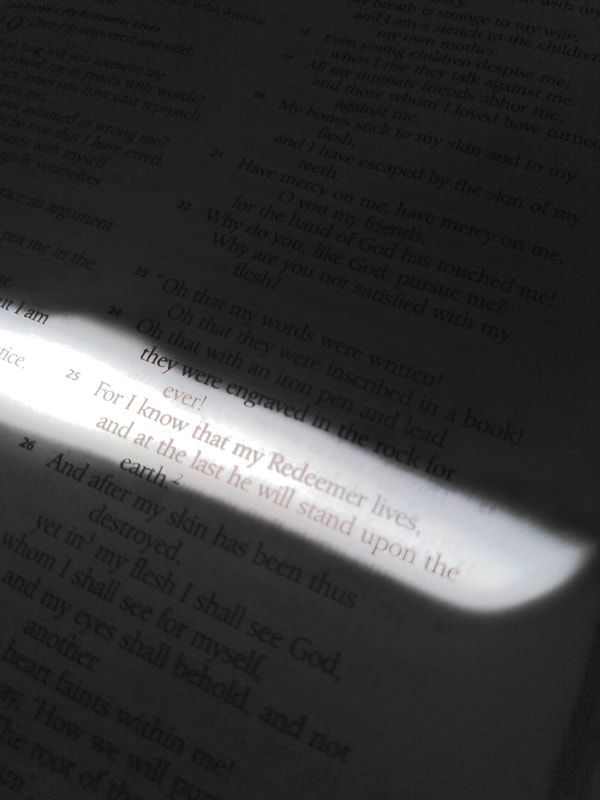 me being crushed by a particularly weighty mass
me being crushed by a particularly weighty mass Which piece of writing has been set to music the most times, by the most composers? I’m pretty sure it would have to be the Ordinary of the Mass of the Western Christian Church. ChoralWiki has over 1,500 different Mass settings listed – and that’s just the ones in Latin, freely available online.
My job right now is to compose another one. Technically, it’s going to be a Communion Service, because it will be in English and for an Anglican church. But the foundational text is the same.
For centuries, this text has been heard (spoken, chanted, sung) in church services all over the world, week after week. It’s called the “Ordinary” because it’s the unchanging part, the same words every service. Around this fits the “Proper”, the bits of the liturgy that are specific to that particular day.
I’m a Baptist, and – like a lot of present-day Protestants – we don’t use this text anymore. But a great many churches still do. And for all Christians, it’s part of our shared heritage. It’s the way that God has been worshipped, and the way that the Good News of Jesus Christ has been proclaimed, for millions of people, for well over a thousand years.
How is a composer to deal with such a huge historical burden? How am I going to come up with music for this text that is different from everybody else’s? (Different enough to be worth writing!) And… why am I doing this?
I’m doing this as an act of worship. And because of that, the weight of history is actually not a thing. Worship is not a competition! And worship is not a burden either… it’s a “giving up” of whatever I have to God, including myself.
All I have to do is find an authentic way to “speak” this text in music, in my own language, as I really mean it. Which I do…
My job right now is to compose another one. Technically, it’s going to be a Communion Service, because it will be in English and for an Anglican church. But the foundational text is the same.
For centuries, this text has been heard (spoken, chanted, sung) in church services all over the world, week after week. It’s called the “Ordinary” because it’s the unchanging part, the same words every service. Around this fits the “Proper”, the bits of the liturgy that are specific to that particular day.
I’m a Baptist, and – like a lot of present-day Protestants – we don’t use this text anymore. But a great many churches still do. And for all Christians, it’s part of our shared heritage. It’s the way that God has been worshipped, and the way that the Good News of Jesus Christ has been proclaimed, for millions of people, for well over a thousand years.
How is a composer to deal with such a huge historical burden? How am I going to come up with music for this text that is different from everybody else’s? (Different enough to be worth writing!) And… why am I doing this?
I’m doing this as an act of worship. And because of that, the weight of history is actually not a thing. Worship is not a competition! And worship is not a burden either… it’s a “giving up” of whatever I have to God, including myself.
All I have to do is find an authentic way to “speak” this text in music, in my own language, as I really mean it. Which I do…

 RSS Feed
RSS Feed